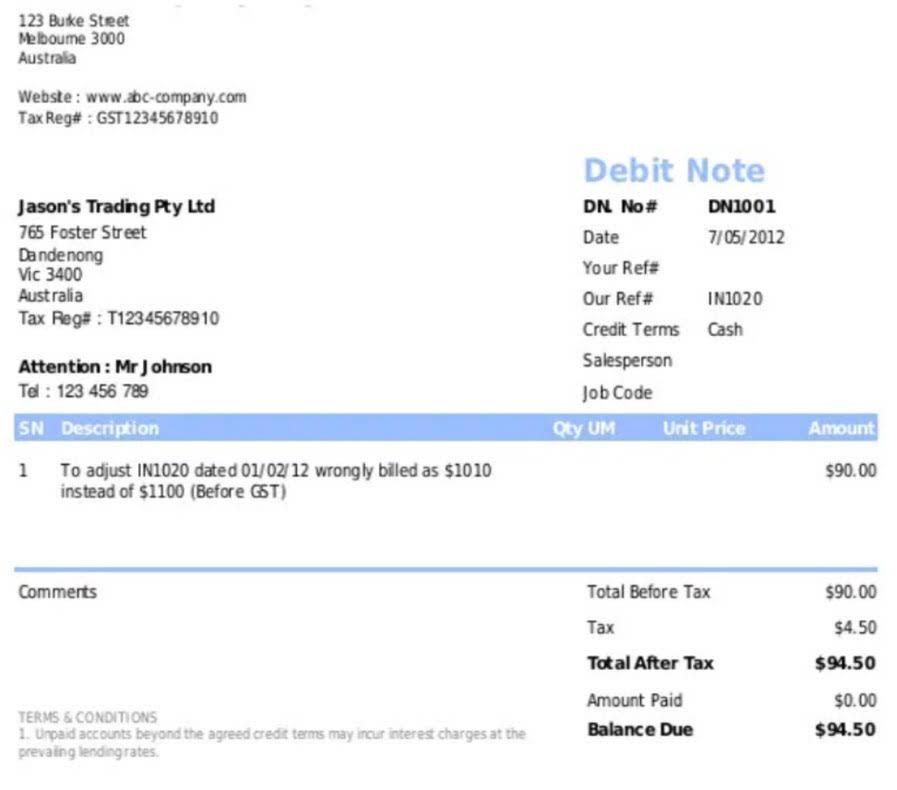Notes Receivable What Is It, Examples, Components, Importance
Posted by
–

Lily Hulatt is a Digital Content Specialist with over three years of experience in content strategy and curriculum design. She gained her PhD in English Literature from Durham University in 2022, taught in Durham University’s English Studies Department, and has contributed to a number of publications. Lily specialises in English Literature, English Language, History, and Philosophy. At StudySmarter, we have created a learning platform that serves millions of students. Meet the people who work hard to deliver fact based content as well as making sure it net sales is verified.
Accounting treatment for notes receivable
If a customerapproaches a lender, requesting $2,000, this amount is theprincipal. The date on which the security agreement is initiallyestablished is the issue date. A note’smaturity date is the date at which the principaland interest become due and payable. The following journalentries occur at the note’s established start date. Notes receivable are formal promissory notes in which a debtor acknowledges a debt to a creditor and commits to repay the debt at a predetermined future date. They are recorded as assets on the company’s balance sheet, representing the amount of money customers owe to the business.
What is the approximate value of your cash savings and other investments?
They can be short-term or long-term assets, depending on when they are due, and impact cash flow. Notes receivable are formal promises to receive money in the future, often including interest and a repayment schedule. Sometimes the maker of a note does not pay the note when it becomes due. The next section describes how to record a note not paid at maturity. Let us understand the advantages and disadvantages of a notes receivable account through the discussion below. When the note is paid, the entry would include debiting Cash for the principal plus interest, crediting Notes Receivable for the principal, and crediting Interest Revenue for the interest earned.
- This is because the FV is the cash received at maturity or cash inflow (positive value), while the PV is the cash lent or a cash outflow (opposite or negative value).
- This means that, on average, your customers settle their invoices in just over 2½ weeks.
- Any portion of the notes receivable that is not due within one year of the balance sheet date is reported as a long term asset.
- At the end of the three months, the note, with interest, is completely paid off.
- The remaining four payments are made at the beginning instead of at the end of each year.
Which of these is most important for your financial advisor to have?

To determine the duration of the notes, both the dates of the notes and their maturity dates must be known. For example, a note dated 15 July with a maturity date of 15 September has a duration of 62 days, as shown below. Below is a break down of subject weightings in the FMVA® financial analyst program. As you can see there is a heavy focus on financial modeling, finance, Excel, business valuation, budgeting/forecasting, PowerPoint presentations, accounting and business strategy.

Subsequently, if the accounts receivable prove uncollectible, the amount should be written off against the Allowances account. When the borrower or maker of a note fails to make the required payment at maturity, the note is considered to have defaulted. In other cases, a customer’s credit rating may cause the seller to insist on a written note rather than relying on an open account.
Cash Management
- Before the relevant accounting period, estimate the proportion of annual revenue you expect to be unable to collect.
- To determine the duration of the notes, both the dates of the notes and their maturity dates must be known.
- These can be investing cash flows (if the note was a loan) or operating cash flows (for trade notes).
- Finally, at the end of the 3 month term the note receivable is honored by the customer together with the accrued interest, and the following journal completes the transaction.
- Yes, notes receivable are typically classified as current assets if they are expected to be collected within one year.
When notes are sold with conditions, the company creates contingent liability, and it is disclosed in the notes to financial statements. The maker is another business or debtor who signs a legal agreement to repay the debt, including interest charges. For the past 52 years, Harold Averkamp (CPA, MBA) hasworked as an accounting supervisor, manager, consultant, university instructor, what are notes receivable and innovator in teaching accounting online. He is the sole author of all the materials on AccountingCoach.com.

Financial Accounting

To calculate interest, the company can use thefollowing formulas. The following example uses months but thecalculation could also be based on a 365-day year. Now that you understand what notes receivable are and how to do a journal entry, let’s cover how they differ from notes payable. Notes payable are financial documents that represent different perspectives in a credit transaction. So, notes receivable appear as assets on the creditor’s or payee’s balance sheet, whereas notes payable appear as liabilities on the debtor’s or maker’s balance sheet. In accounting , notes receivable are recorded as an asset on the balance sheet.
As mentioned earlier, if Anchor used IFRS the $480 discount amount would be amortized using the effective interest method. If Anchor Bookkeeping for Chiropractors used ASPE, there would be a choice between the effective interest method and the straight-line method. Think of it as a requirement to pay back a loan, except it might not be cash that you’re lending out. SEACOR Marine Capital Inc., specializes in a wide range of offshore marine vessels. In march 2023, in their financial declaration, they had mentioned a sale with a company called MexMar for $28.8 million in July 2022.
Leave a Reply